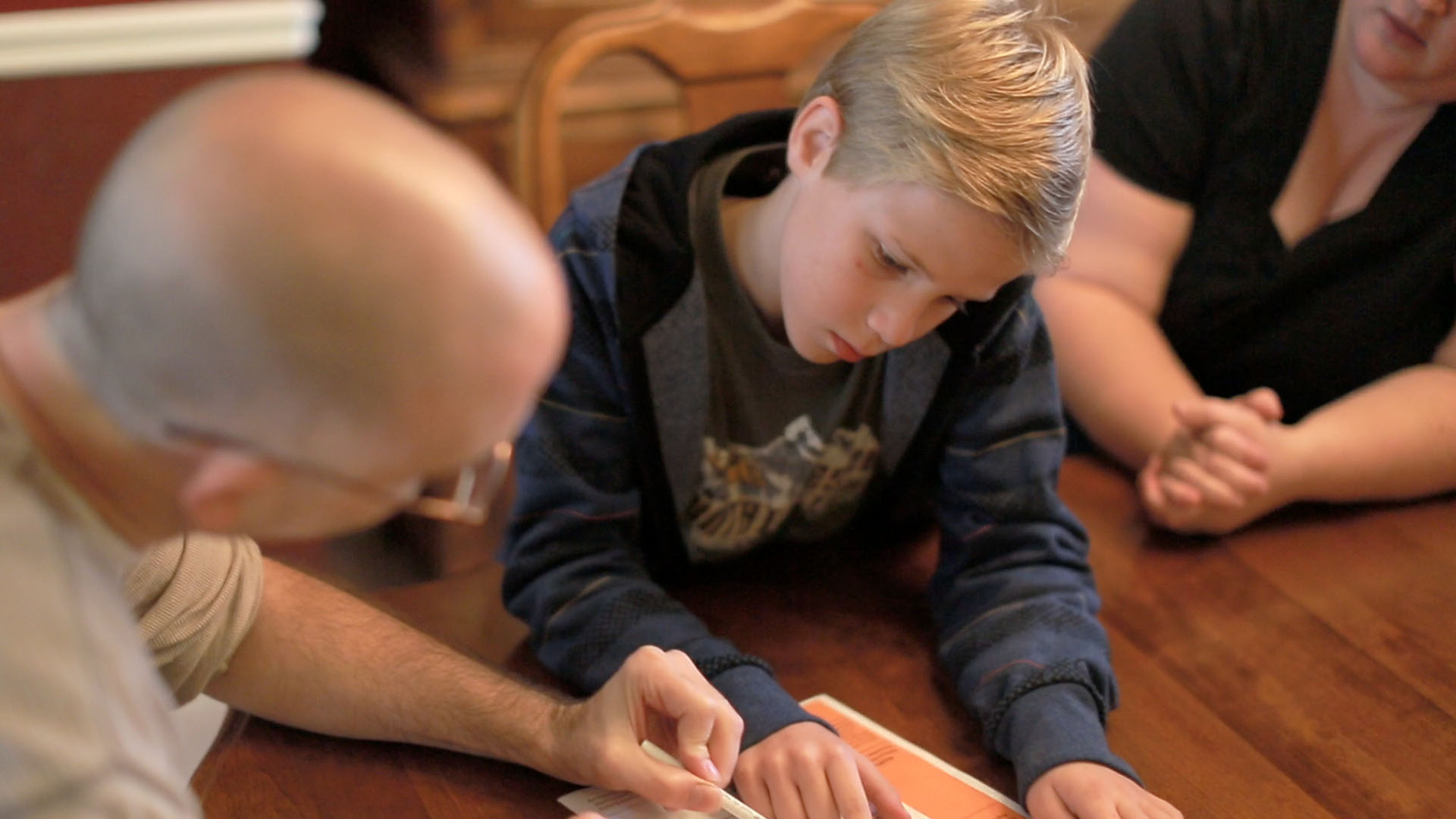What happens if a child with a disability has violated a school’s code of conduct and has been suspended?
Manifestation Determination
MANIFESTATION DETERMINATION
The Individuals with Disabilities Act outlines discipline procedures to be used at specific times and for specific violations. This procedure is called a manifestation determination review (MDR). The purpose of this review is to determine whether or not the child’s behavior that led to a disciplinary infraction is linked to his or her disability which has triggered a change of placemen or if it was caused by a failure to implement the IEP.
This is done by calling an IEP meeting which includes the parents to review the infractions. There is a specific time when a MDR must be conducted involving what is called a change of placement.
CHANGE OF PLACEMENT
A change of placement is when a student with a disability is removed from his/her current placement. This occurs when the student is suspended from school for more than 10 consecutive school days or there have been a series of removals for substantially similar behavior that totals 10 full or partial school days according to Utah’s special education rules. Also considered in deciding if there has been a change of placement are additional factors such as the length of each removal, the total amount of time the student has been removed, and the proximity of the removals to one another. For more information on this, check out the special education rules here.


PARENTAL NOTIFICATION
Parent notification is a very important aspect of implementing IDEA’s discipline procedures. On the date when the decision is made to make a removal that constitutes a change of placement of a child with a disability because of a violation of a code of student conduct, the LEA (school) must notify the parents of that decision and provide the parents the procedural safeguards notice. The meeting must be held at a mutually agreeable time just as for an IEP meeting.
SCOPE OF THE REVIEW
IDEA states that the LEA (school) , the parent, and relevant members of the child’s IEP team must review “all relevant information in the student’s file, including the child’s IEP, any teacher observations, and any relevant information provided by the parents” as part of conducting a manifestation determination. This list is not exhaustive, according to the Department. It may include other relevant information in the child’s file, including placement appropriateness, supplementary aids and services, and if the behavior intervention strategies were appropriate and consistent with the IEP.
During this review, the IEP team looks at what happened and determines if the behavior was a result of the student’s disability. Next they determine if the behavior occurred because the IEP wasn’t followed.


“YES,” FOR CONDUCT DIRECTLY RELATED TO DISABILITY
If the team determines the behavior was directly related to the student’s disability, then the group must also reach a manifestation determination of “yes.” Such a determination carries with it two immediate considerations:
- Functional behavioral assessment (FBA)—Has the child had one? Does one need to be conducted?
- Behavioral intervention plan (BIP)—Does the child have one? If so, does it need to be reviewed and revised? Or if the child does not have one, does one need to be written?
The team will then make sure these are conducted if needed. They will use this information to adjust goals and interventions to address the behavior. The student should then be returned to the placement, unless the team determines another placement is necessary.
YES, FAILURE TO IMPLEMENT THE IEP
If the team decides the removal is due to a failure to implement the IEP, the student must be returned to placement. The team must then take measures to implement the IEP with fidelity. Additional training of educators and service providers may be necessary.
According to the Federal Register: When the behavior is related to the child’s disability, proper development of the child’s IEP should include development of strategies, including positive behavioral interventions, supports, and other strategies to address that behavior… When the behavior is determined to be a manifestation of a child’s disability but has not previously been addressed in the child’s IEP, the IEP Team must review and revise the child’s IEP so that the child will receive services appropriate to his or her needs. Implementation of the behavioral strategies identified in a child’s IEP, including strategies designed to correct behavior by imposing disciplinary consequences, is appropriate… even if the behavior is a manifestation of the child’s disability.


IF THE DETERMINATION IS “NO”
A manifestation determination of “no” means either that:
- the child’s behavior was not caused by or did not have a direct and substantial relationship to the child’s disability; or
- the child’s behavior was not the direct result of the LEA’s failure to implement the IEP.
In either case of “no,” school personnel have the authority to apply the relevant disciplinary procedures to the child with disabilities in the same manner and for the same duration as the procedures would be applied to a child without disabilities, except—and this is very important—for whatever special education and related services the school system is required to provide the child with disabilities.
Are services provided during disciplinary removals?
Information Sheets
Linked Websites
From the Center for Parent Information & Resources, this sheet has explanations and further links to pursue.
What is a Manifestation Determination Meeting?
LD Online provides a case example and explains the MDR meeting.
Manifestation Determination Meetings: Overview, Strategies and Considerations
The Tourette Association has developed this information regarding the MDR Meetings.
Disciplinary Removal Flowchart for Students With Disabilities & Summary
On pg. 116 of the LRBI Technical Assistance Manual, this flow chart shows the process educators must follow.
Webinars
We at the Utah Parent Center hope this information will be helpful to you in understanding your child’s behavior and assist you in working with school professionals. Be sure to access our website www.utahparentcenter.org to review our resources. If you have concerns or questions, please give us a call and speak with one of our knowledgeable parent consultants.
5296 S Commerce Dr., Suite 302, Salt Lake City, UT 84107
Phone: 801.272.1051
Toll-Free in Utah: 1.800.468.1160
Email: info@utahparentcenter.org

This page was funded by a grant from Interagency Outreach Training Initiative at Utah State University’s Center for Persons with Disabilities.
